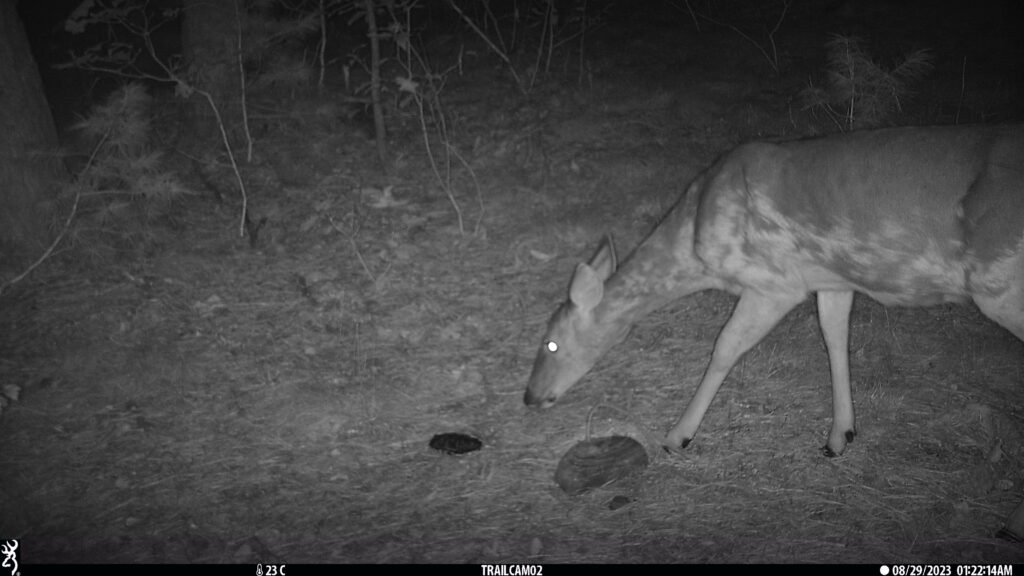After we release our headstarted turtles back to the wild, we don’t just cross our fingers and hope for the best. We track several released individuals every year to collect information on how they adjust to their wild lives and what areas the young turtles favor. Unfortunately, that means that we sometimes find nothing but an empty shell or a clawed-up radio when one of our turtles is caught by a predator. Headstarted turtles have much better odds of survival than their wild-hatched counterparts, but it’s still a dangerous world out there for young and old turtles alike. Particularly during drought years, even our adult turtles are sometimes found dead and partially eaten by predators or scavengers.

We here at the Field Conservation Department know that plenty of local wildlife has turtle on the menu. Raccoons, river otters, mink, and coyotes will all tackle a turtle if they can catch one when it’s vulnerable. At a few of our wood turtle field sites, mortality from predation during drought years has the potential to seriously impact the population. Before we can figure out the best way to safeguard the turtles, though, we need to figure out who the most common culprits are. How will we accomplish that? With technology!
ZNE staff have set up motion-activated trail cameras at several of our field sites to get a look at what animals are roaming the turtles’ habitat when we’re not around. Even more exciting, we’ve acquired a small number of custom 3D-printed wood turtle shells. Our field staff were amazed by their resemblance to the real thing, even holding them in our hands in a well-lit room. Under wild conditions, we were hopeful that these “mock turtles” would attract the interest of potential turtle predators. By placing the mock turtles in front of our trail cameras, we can specifically see what wildlife shows interest in what they think is a young wood turtle.
Some of our earliest findings are not too surprising – here is a raccoon rolling the shell over in its forepaws and examining it with obvious confusion!

Other finds were more unexpected. Here, a white-tailed deer comes to sniff the shell, probably more out of curiosity than hunger (although deer have been known to eat birds’ nests, baby birds and all).

Most striking was this juvenile red-shouldered hawk, caught at the end of its attack dive when it seems to have realized it was swooping after an empty shell.

If our mock turtles can even fool the legendary vision of a hawk, we’re hopeful that they and our trail cameras will continue to provide us with interesting data. We’re also experimenting with some way to use water from the tanks of our headstarted turtles to provide the mock turtles with a smell that will help to fool more scent-based predators.
